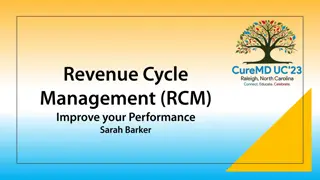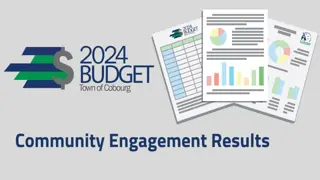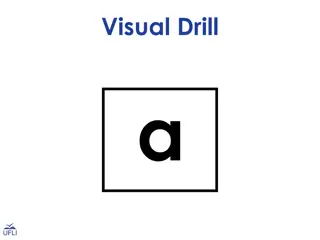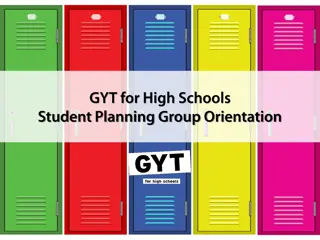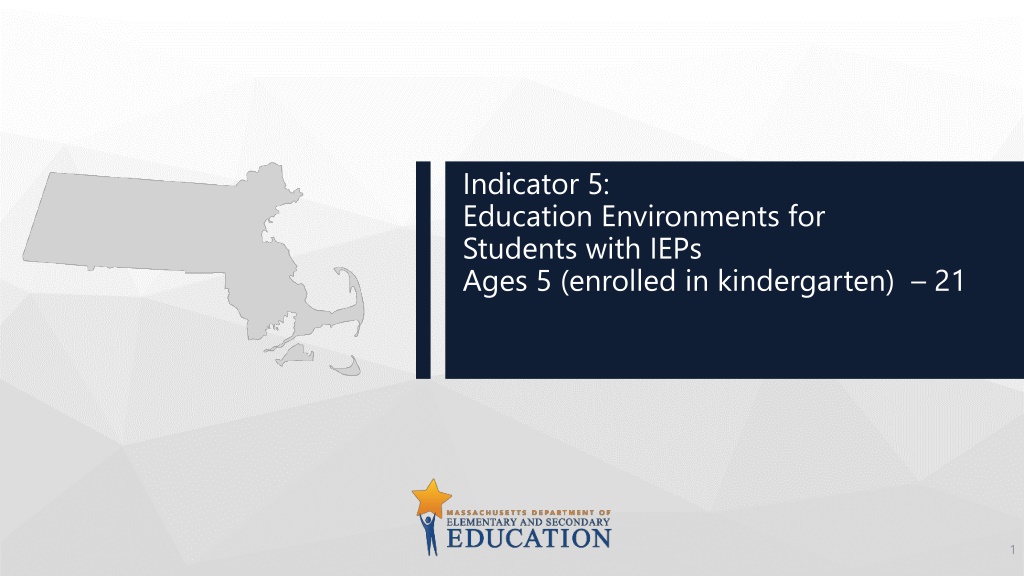
Ensuring Inclusive Education Environments for Students with IEPs
Learn about Indicator 5 focusing on providing inclusive education environments for students with IEPs aged 5 to 21. Understand the legal requirements, least restrictive environment, importance of student placement, and next steps in educational settings.
Download Presentation

Please find below an Image/Link to download the presentation.
The content on the website is provided AS IS for your information and personal use only. It may not be sold, licensed, or shared on other websites without obtaining consent from the author. Download presentation by click this link. If you encounter any issues during the download, it is possible that the publisher has removed the file from their server.
E N D
Presentation Transcript
Indicator 5: Education Environments for Students with IEPs Ages 5 (enrolled in kindergarten) 21 1
Legal Requirement IDEA (2004) says that all children with disabilities, as much as possible, must be educated with children who are not disabled. 2 Massachusetts Department of Elementary and Secondary Education
Least Restrictive Environment (LRE) What educational environments are students with disabilities a part of, and do they have meaningful access to the general curriculum and the life of the school? 3 Massachusetts Department of Elementary and Secondary Education
Why is a Students Placement Important? High expectations can lead students with disabilities to develop more confidence, independence, and a stronger sense of self. (Inclusive Education Fact Sheet, SPAN) A student with an IEP who is in regular classes has more opportunity for the same schoolwork and learning standards as all students have. The more time a student with an IEP spends with peers, the more they will be able to make friends and be part of school life. The more a student with an IEP can go to school and learn with peers, the more opportunity they have to achieve and be part of their community. 4 Massachusetts Department of Elementary and Secondary Education
Why is Indicator 5 Important? We need to know: Are students with IEPs in regular classes where students without disabilities typically are? If not, why not? Indicator 5 shows us: which districts should ask themselves why students with disabilities are in separate classrooms or schools. which districts may need help to improve inclusive teaching and learning. 5 Massachusetts Department of Elementary and Secondary Education
Next Steps Answers to these questions 1. What are the Indicator 5 measurements? 2. What other information should be considered? 3. How did COVID-19 affect student placement? 4. What are the baselines and targets for FFY21-FFY25? 6 Massachusetts Department of Elementary and Secondary Education
What are the Indicator 5 Measurements? The percent of children with IEPs aged 5 (who are enrolled in kindergarten) and aged 6 through 21 served: A. Inside the regular class 80% or more of the day; B. Inside the regular class less than 40% of the day; and C. In separate schools, residential facilities, or homebound/hospital placements. 7 Massachusetts Department of Elementary and Secondary Education
What other information should be considered? MA is a high-performing state (nationally) A lot of folks are doing the right thing for individual students oWe do want to continue to: improve inclusive practices and placement in the LRE; rely on individualized evaluation and the wisdom of the Team; and better understand the long-term impact of COVID for individual children/students and families. oWe do not want to: encourage a shift to prioritizing APR targets over the Team process or what's in the best interest of students and their families; or assume we currently understand the impact of COVID on 5-year-olds; or set targets that aren t responsive to the needs of our students and families. 8 Massachusetts Department of Elementary and Secondary Education
How did COVID-19 affect student placement? MA provided guidance to LEAs not to amend IEP/placement (as a general practice), preserving stay-put rights. The data did not show significant impact to student placement, despite changes in location. DESE anticipates shifts in future data due to students possible need for additional special education services. o As IEP Teams address new areas of disability-related need, new IEP services determined by IEP Teams may require placement changes. 9 Massachusetts Department of Elementary and Secondary Education
What are the Baseline and Targets? Baseline: A starting place used to compare new data and measure progress in future years. Targets: Goals for improvement and flags for self-assessment. 10 Massachusetts Department of Elementary and Secondary Education
A. B. C. Indicator 5 Baseline & targets 2021-2022 65.49% 13.32% 6.44% 2020-2021 Baseline A. 65.49% B. 13.32% C. 6.44% -------------------------- 2025-2026 Targets: A. Increase of 2.5 percentage points B. Decrease of 0.5 percentage points C. Decrease of 0.5 percentage points 2022-2023 65.49% 13.32% 6.44% 2023-2024 65.49% 13.32% 6.44% 2024-2025 67.49% 12.92% 6.04% 2025-2026 67.99% 12.82% 5.94% 11 Massachusetts Department of Elementary and Secondary Education






